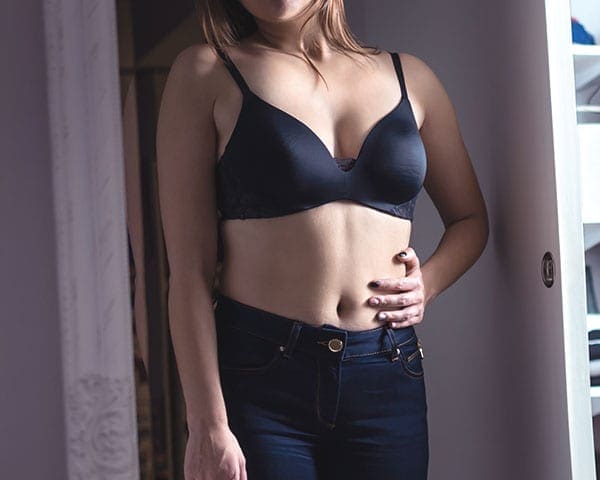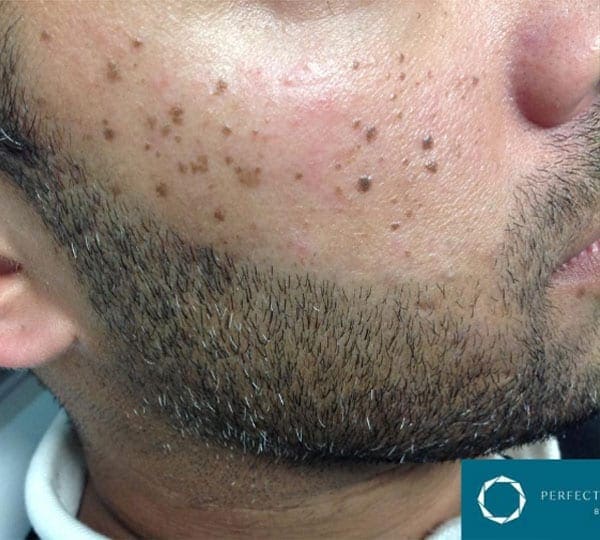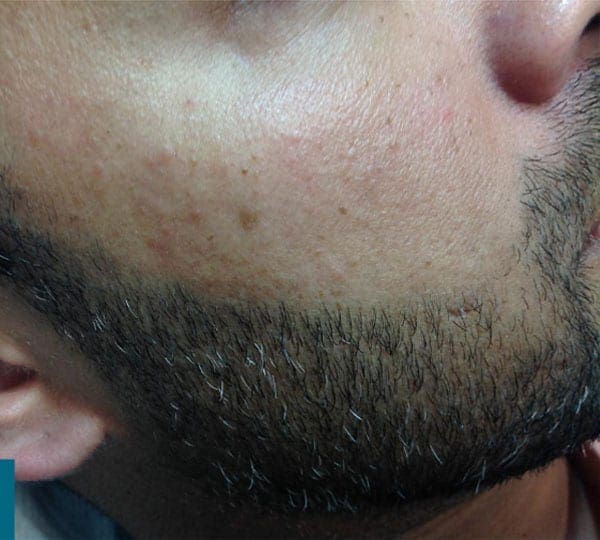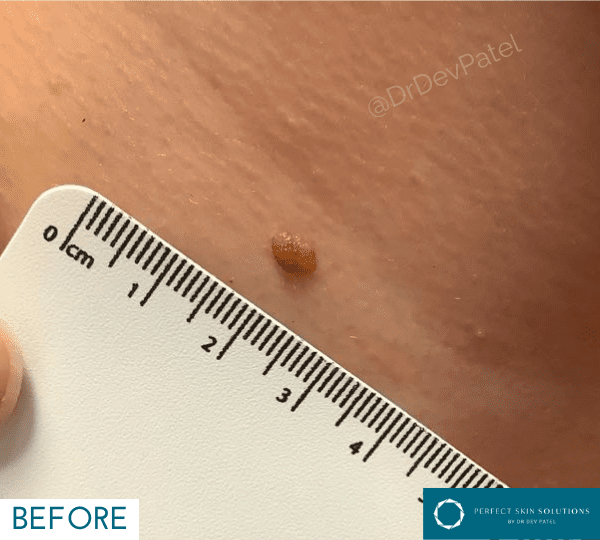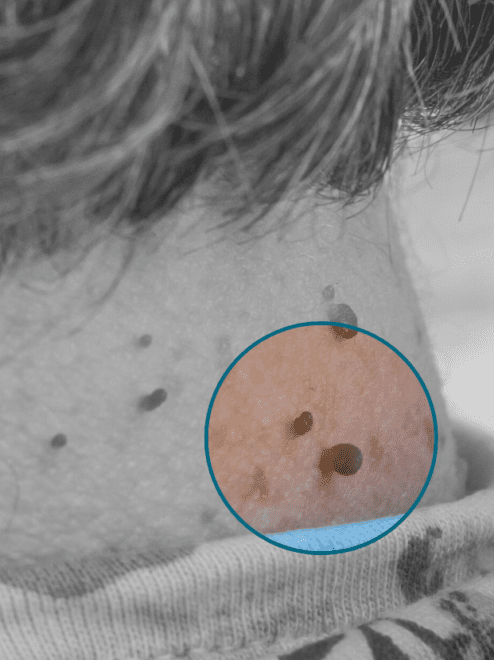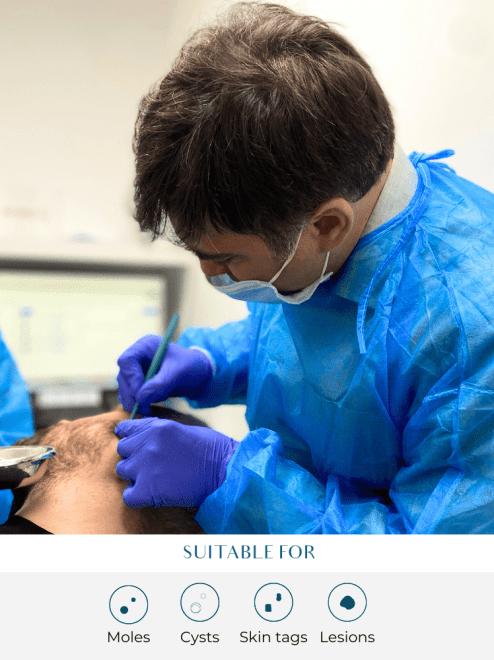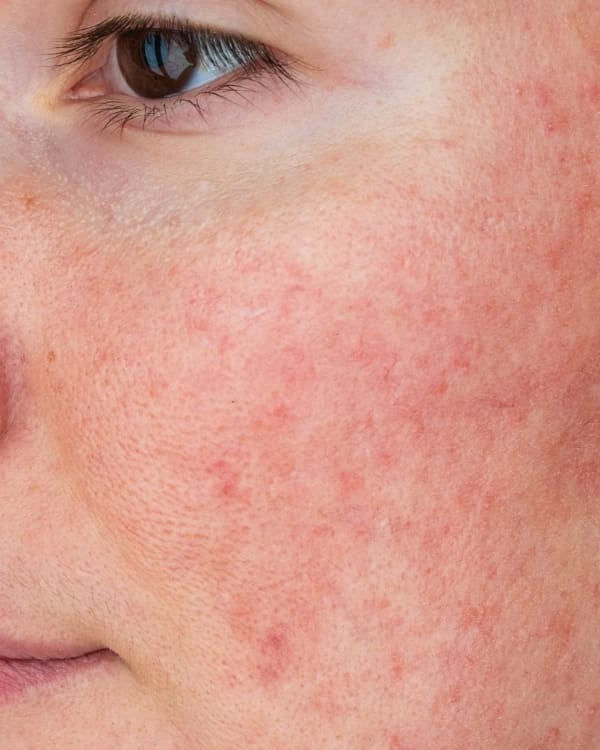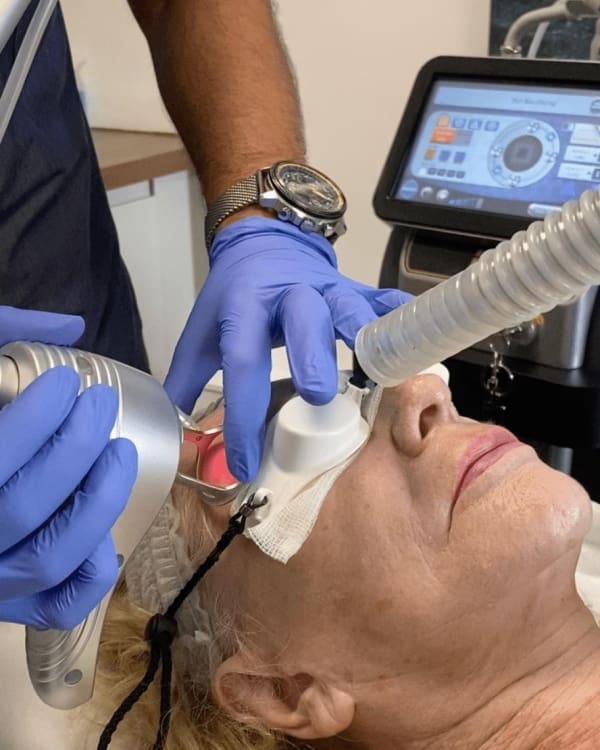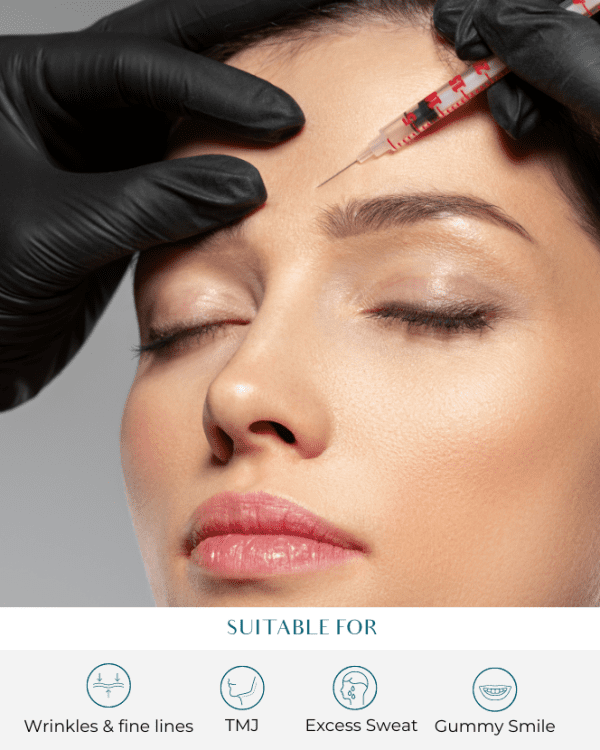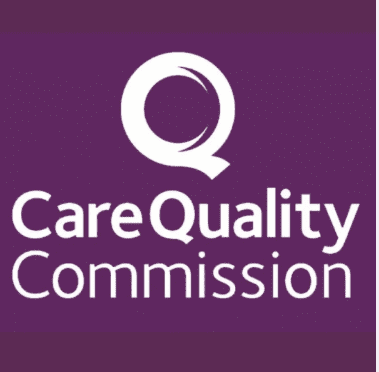
body Treatment
Mole Removal
Unfortunately, over the last decade, more and more clinical conditions, such as mole removal have been removed from the NHS funding list, leaving patients without a cost-effective option for surgical management. From initial assessment through to treatment and follow-up, you will receive the very best in skincare. With our responsive virtual consultation service allowing fast-track preliminary assessment and diagnosis, we have more time to focus on your individual well-being.
Skin Lesion and Mole Removal
What is a benign Lesion?
The term benign lesion denotes a range of non-cancerous lumps, bumps and flat pigmented lesions. This includes moles, cysts, keratoses and callouses. Some of these might be irritating you, others may be causing cosmetic impairment or a perceived disfigurement. Removing these lesions involves a small minor operation performed under local anaesthetic (a numbing agent) whilst you remain awake.
What will my treatment involve?
The type of procedure your doctor uses will depend on the anatomical location of the lesion, its size, depth in the skin and whether histology is required. The procedure might involves complete surgical removal (and histology analysis), a curettage (the lesion is gently pared away), or shave excision. On initial assessment, your skin will be assessed under an illuminated magnifier (dermatoscope). Any diagnostic uncertainty will warrant a biopsy (taking a small sample) before the procedure to ensure an accurate diagnosis and safe removal.
What is a pre-operative assessment?
This is an opportunity for us to assess your skin and suitability for treatment. We’ll explain the treatment in full and ensure you are prepared. Some complex skin lesions, or those in more difficult areas may need to be referred to secondary care or a plastic surgeon. If we suspect skin cancer or there are concerns about the nature of your skin lesion we may refer you back to the NHS skin cancer pathway or address options for referral to dermatology.
What types of techniques will be used?
1. “Complete excision.” – This involves the removal of the entire skin lesion with a small perimeter of surrounding tissue. This is needed for larger, or deeper moles and is always used for suspected malignant lesions. Stitches are used to close the skin.
2. “Curettage” is a technique used to gently pare away the skin lesion and scoop it out. The subsequent scar will be approximately the same size as the original lesion and may be slightly indented depending on how deep the original lesion is.
3. “Shave Excision” – this is a process that involves shaving the lesion with a fine blade so it is flush with the normal skin. Cautery is then often used to complete the procedure. The subsequent wound is left to heal naturally and does not require stitches. The scar will be about the same size as the original lesion. This method is often used for seborrheic keratoses, skin tags and some shallow moles.
How long will my treatment take?
Time will range from 15 minutes to 45 minutes depending on the procedure used.
What happens after my treatment?
One should try to avoid immediate exercise or stretching of the skin after the procedure. It is unusual to have complications after minor skin procedures, although a little discomfort, redness and weeping are to be expected. The local anaesthetic will wear off after 1-2 hours.
Scarring
You will have a scar that will improve over 6 months, but full scar maturity takes 12-18 months. Scars initially remain red or pink but tend to fade over the ensuing months. Younger people tend to produce a scar which may stretch after a few months. Very rarely a scar may grow beyond its original boundaries in which case you will need to be seen again. It is imperative to try and keep out of the sun as any site of inflammation can become pigmented, especially in darker-skinned individuals.
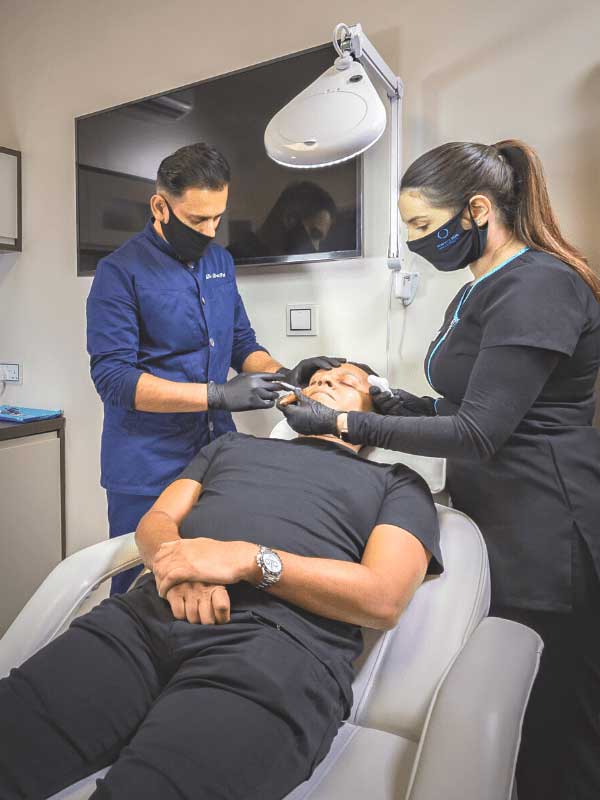

Why choose Perfect Skin Solutions for your Mole Removal?
Our doctors have over 20 years of combined surgical experience, having performed over 2000 skin surgery and mole removal procedures to date, both in the NHS, military and private settings. Our primary principle is to do the least invasive treatment to get the job done, thereby ensuring the best possible cosmetic outcome. Our doctors employ a variety of specialized skin surgical techniques to achieve this aim. Check our FAQs to learn more about this. Drs Patel and Shrivastva carry out all surgical procedures between them, in our purpose-built surgical suites. We are also registered with the Care Quality Commission to carry out such procedures.
DR VIVEK SHRIVASTVA
MBBS BSc MRCGP MRCP DPD 2005 LONDON
General Practitioner with Special Interest in Dermatology and Minor Surgery Dr. Shrivastva studied at Guy’s, King’s and St. Thomas’ Hospitals and obtained a first-class degree in Pharmacology before gaining accreditation in both Hospital Medicine and General Practice. Vivek went on to study postgraduate dermatology with an interest in medical aesthetics. He has 15 years of experience in minor surgery and cosmetic dermatology and still works in Portsmouth as a GP in Primary Care. He is a member of the UK Primary Care Dermatology Society.
Get in contact

At a glance
Treatment time
10-30 minutes
Anaesthetic
Yes (Local)
Full recovery
0-7 days
Back to work time
Same/Next day
Sensitivity period
N/A
Duration of result
Longterm
Risks & complications
Bleeding, infection, scarring, recurrence, incomplete removal.












